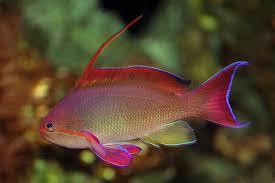The Difference Between the Chinese Dragon and the Indian Dragon: A Comparative Exploration of Mythology and Symbolism
Dragons have long captivated the human imagination, transcending cultural boundaries and inspiring awe, wonder, and fascination. In many cultures, dragons are seen as potent and powerful symbols, often associated with strength, authority, and mysticism. However, the depictions and cultural significance of dragons can vary significantly across different traditions. Among the most well-known dragon myths are









